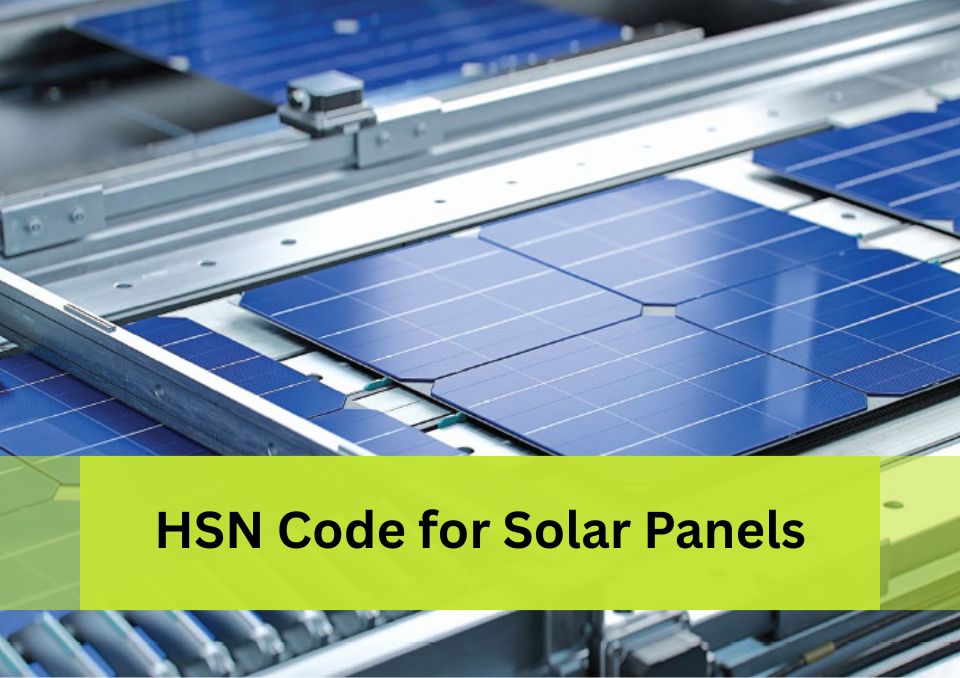DCR and Non-DCR Solar Panels: Everything You Need to Know
3 min read
Solar energy has gained significant momentum as a clean and sustainable power source. With the increasing demand for solar installations, it is important to understand the distinction between DCR (Domestic Content Requirement) and non-DCR solar PV modules. These terms relate to the manufacturing origin of solar pv modules and play a significant role in the solar industry. Let's delve deeper into what DCR and non-DCR solar PV modules entail.
DCR Solar PV Modules
DCR solar PV modules refer to solar panels in which both the solar cells and modules are manufactured within the country, adhering to the Domestic Content Requirement policy. The Ministry of New and Renewable Energy (MNRE) in India introduced this policy to promote local manufacturing and support the "Make in India" initiative.
The DCR policy mandates that specific projects, especially those associated with subsidies and the CPSU (Central Public Sector Undertakings) scheme, use solar panels that are domestically manufactured. The goal is to boost the domestic manufacturing sector, generate employment opportunities, and reduce reliance on imported solar components.
Non-DCR Solar PV Modules
Non-DCR solar PV modules, on the other hand, are solar panels where either the solar cells or both solar cells and modules are not manufactured in the country. These modules are not bound by the Domestic Content Requirement policy and may be imported from other countries.
Key Considerations
- Manufacturing Location: The primary distinction between DCR and non-DCR solar PV modules lies in the manufacturing location of the solar cells and modules. DCR modules are manufactured domestically, while non-DCR modules are typically imported.
- Policy Compliance: DCR modules comply with the Domestic Content Requirement policy mandated by the government, which promotes the use of locally manufactured solar panels. Non-DCR modules do not have this requirement and can be sourced globally.
-
Project Eligibility: The MNRE specifies the projects eligible for DCR requirements, particularly those associated with subsidies and the CPSU scheme. Non-DCR modules are used in projects that do not fall under the DCR policy.
Choosing Between DCR and Non-DCR Modules
When selecting between DCR and non-DCR solar PV modules, several factors come into play, including project requirements, government policies, and cost considerations.
- Government Policy: If your project falls under the DCR mandate, it is essential to comply with the policy and use DCR modules to be eligible for associated incentives or subsidies.
- Cost and Quality: Evaluate the cost and quality of both DCR and non-DCR modules. While DCR modules support local manufacturing, they may not always be the most cost-effective option. Non-DCR modules offer a broader range of choices and competitive pricing from international manufacturers.
-
Project Specifications: Consider project specifications, such as size, capacity, and performance requirements, to determine which type of module best suits your needs. Assess factors such as efficiency, warranties, durability, and compatibility with other system components.
Conclusion:
Understanding the difference between DCR and non-DCR solar PV modules is crucial when venturing into solar energy projects. DCR modules comply with the Domestic Content Requirement policy, promoting domestic manufacturing, while non-DCR modules are sourced internationally. Carefully assess project requirements, government policies, and quality considerations to make an informed decision about which type of module aligns best with your project goals. Ultimately, both DCR and non-DCR modules contribute to the growth and adoption of solar energy, supporting the transition to a sustainable and greener future.











need to switch to solar power for industrial purpose .
Which mono-perc Waaree solar panel is DCR compliant?
What is the percentage of DCR at present?
Leave a comment